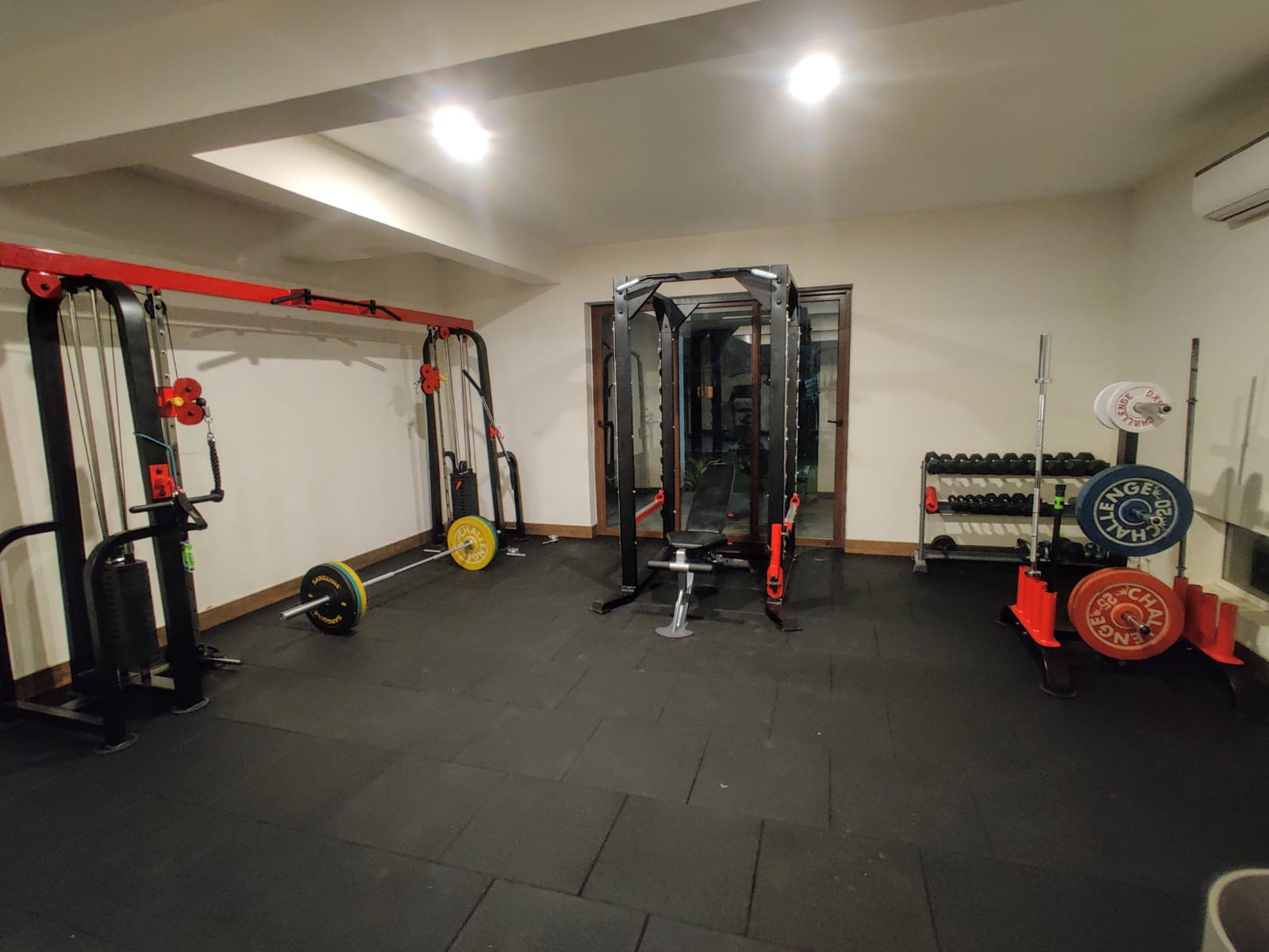Badminton Basic Techniques, Rules and History
- 20 April 2021
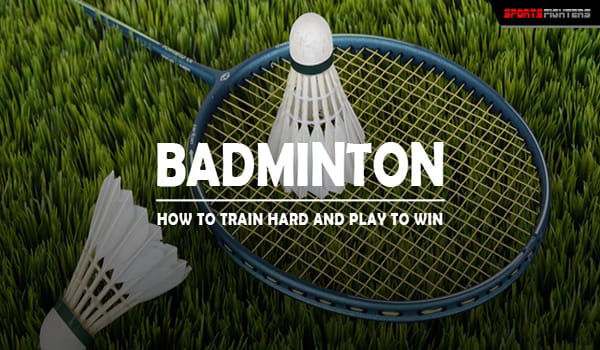
What is Badminton?
Badminton is popularly referred to as "Shuttlecock "and is widely played by people of all age groups anywhere and everywhere, the sport found its origin in "Poona". Back in the 18th Century, the British officers in India played the sport for recreational purposes.
The game that traveled as "Battledore" and "Shuttlecock" to England very soon became Badminton and started seeping through the boundaries of England to various countries.
- A statistical analysis of the number of countries and players from 1992 Summer Olympics to 2016 Rio Olympics.
Role of Badminton World Federation (BWF)
- Initially called as IBF –International Badminton Federation in 1934, and was later joined to form a single federation called as Badminton World Federation in 2006.
- The Badminton World Federation is the administrative and authoritative part of the sport.
- It is headed by the president; Badminton World Federation is presided by Poul- Erik Hoyer Larsen former Olympic Gold Medalist from 2013 to date.
- The total number of BWF Presidents from 1934 –till date is Nineteen (19)
- The main duty of BWF is to Conduct Badminton world Championships and to create Rules regulations for the sports.
- It conducts tournaments all through the year and awards and ranks the players. It has 9 member countries and the Head office is stationed in Malaysia.
- There are also 5 zonal organizations with 194 members for Asia, Africa, Americas, Europe, Oceania affiliated with BWF.
WORLD BADMINTON CHAMPIONSHIP
- The World Badminton Championship is conducted by the Badminton World Federation and it marks the pinnacle of the Badminton Championships.
- A total Number of 27 championships has been held from 1977 to 2021.
- The youngest world champion is Ratchanok Inthanon at 18 years
- The tournament provides the highest rank and the winner will be renowned, "World Champion" and will be awarded a Gold Medal.
- China is at No.1 spot with 187 medals (66Gold, 46Silver, 75Bronze) Followed by Indonesia 77medals (23Gold, 18Silver, 77Bronze) and Denmark with 62.5 Medals (10.5Gold, 14Silver, 38Bronze).
- Badminton players with the most gold (5) medals are Lin Dan, Park Joo- Bong, and Zhao Yunlei,
- India has also won a medal in 2019 and has a total number of 10Medals (1Gold, 3Silver, 6Bronze).
Indian Badminton History:
- Ever since the beginning of the 20th century, Badminton has found a steep escalation in India.
- It all started in 1980 at the All England Open when Gopichand and Prakash Padukone won the Championship.
- The outstanding performances of our stars like P.V Sindhu, Saina Nehwal, and Srikanth Kidambi at the International levels have seen making ripples throughout the country.
- India won its First Olympic Medal (Bronze) in the 2012 London Olympics and Silver Medal in the 2016 Rio Olympics.
- In the 2019 BWF World Championships Indian badminton Champion, P.V Sindhu won the first gold for India.
12 BEST BADMINTON RULES
Badminton is bound by various rules and regulations that vary for singles and doubles as follows
- The Court
- The Badminton court is 4m long and 6.1m wide and the posts are 1.55m high from the surface of the court on which the net that is 760mm in depth and 6.1m wide is fastened.
- There are 8-10 line Judges, a referee, and an Umpire.
- The decision taken by them is final.
- The Shuttlecock
The shuttlecock should contain 16 feathers of 62 to 70mm in length and weighs around 4.74g to 5.40g. Generally, a feather from the same side of the wing is used to maintain uniformity.
- The Racquets
Badminton Racquets weigh around 90-95g and the length is 67.5cm. Racquets are existent in various brands, however, Yonex racquets are considered the best.
- The Flip
Tossing a coin before a start of a match is quite common in various sports such as Cricket, Tennis, Table tennis, etc., likewise, Badminton is no exception to that rule, shuttlecock match usually starts with a toss of a coin; the winning team can choose the side of the court or serve.
- The Net
- The player's Body or racket should never touch the net in the course of the match.
- The player should not stretch over the net to strike the cock.
- During play, the shuttlecock should not touch the net.
- Hold & Carry
- The player is not allowed to carry, hold, or double-tap the shuttlecock with the racket.
- Rally
The Shuttlecock travels between the players without touching the ground or net, when players commit fault opposite side earns a point.
- Fault
A fault is usually when a competitor does not strike the cock.
- If shuttlecock touches the floor or ceiling.
- If cock goes out of the boundary lines.
- If a player voluntarily distracts or disturbs is the vision of the other player.
- Striking the cock outside the boundary lines.
- Shuttlecock does not reach midcourt or when it goes out of the side boundary line.
- The Point:
- A Singles match is played between two players competing against each other, while Doubles involves four players.
- The dimension of the Doubles badminton court (1m) is bigger than the singles court (5.18m).
- A game is over when any of the player’s team reaches 21 points with a difference of 2 In the case of 29 all, the player who reaches 30 wins the game
- Every rally concedes with a point to the player who does not commit a fault.
- The best of three sets decides the winner. Generally, a player who has won 2 out of 3 sets is the winner of the match.
- Badminton Service Rules (Singles & Doubles):
- In Singles and Doubles, the server should strike from the right side of the service court to the diagonally opposite side of the court.
- The server should remain inside the boundary lines, feet should be on the ground, and the badminton racquet should not face upwards.
- During a Service after swinging the racket on a cock, it should reach the mid-court service line of the other side.
- The minimum height of service should be 921 ft. (1.15m) and should not touch the ceiling.
- Depending upon the scores, the service courtside is decided, the right side is chosen if of the scores is even numbers (2, 4, 6, 8) and the Left side if it is odd (3, 5, 7, 9).
- The opponent gets the service once the rally is lost.
- Service for the upcoming set is given to the winner of the previous match.
- Doubles Service Rules:
- In doubles, every group receives probabilities to serve, one for each participant.
- The serve is alternated amongst the players in a team.
- Each player gets a chance to serve once and shall continue to serve by switching sides until a rally is lost.
- Upon losing both the serves, the other team obtains a chance to serve.
- The players should not switch courts until they win a point when their side is serving.
- The Rest
- During the match (3 sets) players are given break twice
- Upon completion of the First set one and half a minute (90 seconds)
- After a second set respite of 300 seconds or five minutes.
BEST BADMINTON SKILLS AND TECHNIQUES
How to play badminton?
Badminton is played as Singles which involves two players or Doubles consisting of four players as they strike a cork with the racquet over a net to make it tough for the opponent to counter.
How to hold a badminton racket?
The grip is a very vital part of the play as it directs all the strokes. If it is not used properly it tends to reduce the force and precision of the shot. Generally, grips are of two type’s
Forehand grip and the Backhand Grip.
Forehand Grip:
A forehand Grip is the basic and commonly used one, which utilizes the front hand leading from the palm, thereby creating a V shape between thumb and index finger.
This grip is often used to strike the shuttlecock when it is on the right side, above, and around the head. It is used for Smashes, Drops Shots, Net shots, drives, lifts which involve the forehand.
Backhand Grip:
A backhand grip is also called the Thumb Grip.
It is used to strike the shuttlecock when it is on the left side.
The backhand grip makes use of the backhand leading from the knuckles to strike (almost like striking with knuckles) and the V shape is moved leftwards and the racket is turned anti-clockwise. It is used for shots that involve backhand grip namely Drops Shots, Net shots, Drives, and Lifts.
STANCE
Though not predominantly discussed, the stance is extremely important as it enables body movement and helps make effective strokes.
Stance is of three types:
Attacking Stance:
The attacking stance is mostly used when making attacking stokes. The stance aims at facilitating powerful forehand strokes and enables quick recovery after the stroke.
Defensive Stance:
The defensive stance provides an advantage over the defense and helps cover wide angles. It facilitates an easier approach to retrieving smashes.
Net Stance:
The net stance assures taking the shuttle at the highest point possible when near the net.
Foot Movement:
- Badminton is a quick game and nothing could dominate a gaming style that can move quickly around the court without the balance being disturbed.
- The foot movement aims at making quickly to different areas of the court and returning to the base point as quickly as possible.
- In advanced levels various foot works serve different purposes- chasse steps, two running steps, and three running cross steps are the most common of them.
SERVICE
There are four different types of serves;
FLICK SERVE:
A flick serve is done using a backhand and projected upwards but to a much lesser altitude. The flick serve aims at deceiving the receiver as he/she may not be able to read the service until the service is made.
DRIVE SERVE:
This is an attacking serve that aims at striking the cock directly at the opponent as fast as possible making it difficult for him/her to respond quickly.
LOW SERVE:
The low serve aims at gently tapping the cock over the net to make it drop just over the front line of the service court. These serves are generally low in height to take complete advantage of less time.
HIGH SERVE:
The high serve is an upward serve that aims at traveling great distances to the rear ends of the court. Although it is very common, the deception factor becomes absent.
SMASH:
Smashes aim at hitting the cock as fast as possible limiting the options and time for the opponent to counter thereby winning the point outright.
There are two different types of smash – Forehand Smash and backhand smash.
FOREHAND SMASH:
A forehand smash is a smash that's done by smashing the racquet downwards from upwards.
Though it may seem easy mastering the finer details may not be as easy as it seems,
TIPS:
- Lifting the non-racquet hand is highly important and helps direct the angle of the smash.
- The focus should be on shifting the weight entirely to the rear foot rather than the forefoot to maintain balance and exert power along with the paradigm shift.
- Elbows should be straight and a full swing of the racquet should be exerted.
- Last but never least; ensure the forehand grip is firm as it is very vital.
BACKHAND SMASH:
The backhand smash is very rare and it is extremely tough to master, here are some tips to follow to crack the nut,
TIPS
- Getting the backhand grip is vitally important and it is the foremost step in making a powerful backhand smash.
- Choosing the right moment and being proactive is extremely important as it is very difficult to make.
- The body should be turned as such the back faces the net and it is important to do it quickly.
- The weight of the body is balanced by the forefoot.
- The racquet should be overhead while pointing downwards and swiftly the player should return to counter the smash.
LOBBING:
Lob is a rally saving technique that is performed at the rear court, in which the shuttlecock is hit with an aim that it reaches of other sider rear court and behind the players reach.
Swinging with the body and arm and legs move forward.
There are two types of Lob shots – Defensive and attacking.
DEFENSIVE LOB SHOT:
The defensive Lob OR High Clear lob is used when being pinned by the opponent and is aimed at prolonging the rally. The stroke can be performed using an underarm or overhead stroke.
ATTACKING LOB SHOT:
Attacking lob also called a shooting lob shot, aims at scoring a point by striking the cock to the rear end of the court in a manner that will make it difficult for the receiver to counter the stroke.
DROP SHOT:
A drop shot is a semi-offensive shot quite similar to the defensive lob and is aimed at maintaining the pace of the game and prolonging it. It is performed from the back of the court.
NET SHOT:
Net shots aim at dominating the front area of the court and can play a vital role in winning a rally. It is of two types – Tumbling Net shot, tight spinning net shot.
A tumbling net shot ensures the tumbling of the cock just above the net and a tight spinning net shot will force the opponent to lift to the mid-court area.
NET KILL:
Net kill is a shot that is used to end the rally by taking complete precedence and dominating the show when the opponent makes a low-quality shot.
NET LIFT:
A net lift can be precisely explained as a shot that can be employed to counter a Net Kill. It is used for defensive purposes that are aimed at prolonging the game.
FAQ’s
- Who is the first badminton champion in India?
Prakash Padukone
- What is the point system to win a match in badminton?
A game is considered over when any of the players reaches 21 points with a difference of 2 points. In the case of 29 all, the player who reaches 30 wins the game.
- Who is the first Indian to win in world junior badminton championship?
Saina Nehwal in 2008.
- Who equalled Zhang Ning's record of badminton?
PV Sindhu equalled it by winning five medals at the World championship.
- Who is the first Indian to win an Olympic medal in badminton?
Saina Nehwal won the first Olympic Bronze medal in the 2012 London Olympics, followed by PV Sindhu Silver Medal in the 2016 Rio Olympics.
- What is the height of the badminton net?
1.524m (5ft) in at the middle, and elevates up to 1.55m (5ft 1in) at the end.
- Which country invented badminton?
India.
- What is the national game of Indonesia?
Badminton, Indonesia has also won Olympics Gold Medal.

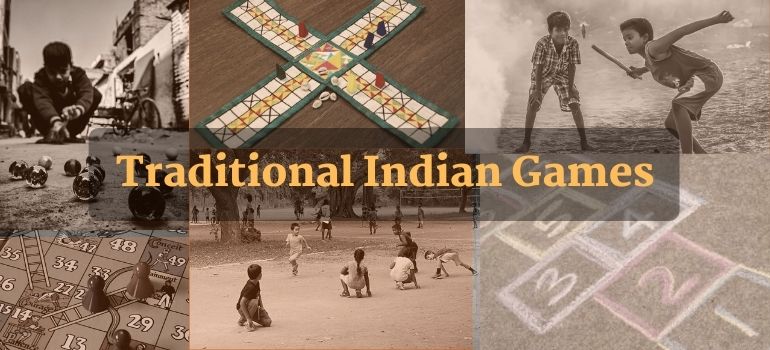
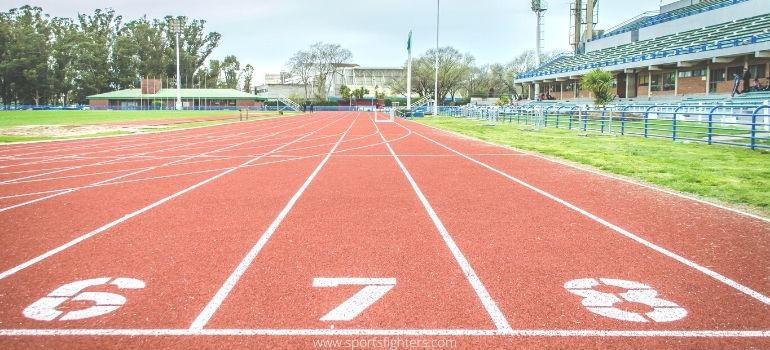
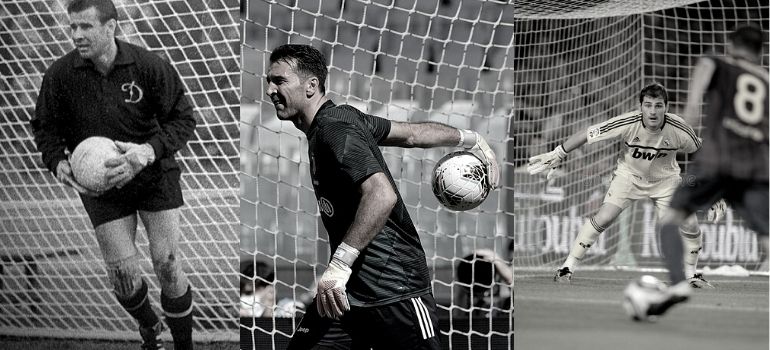

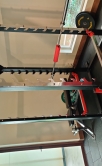
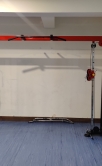

.png)
